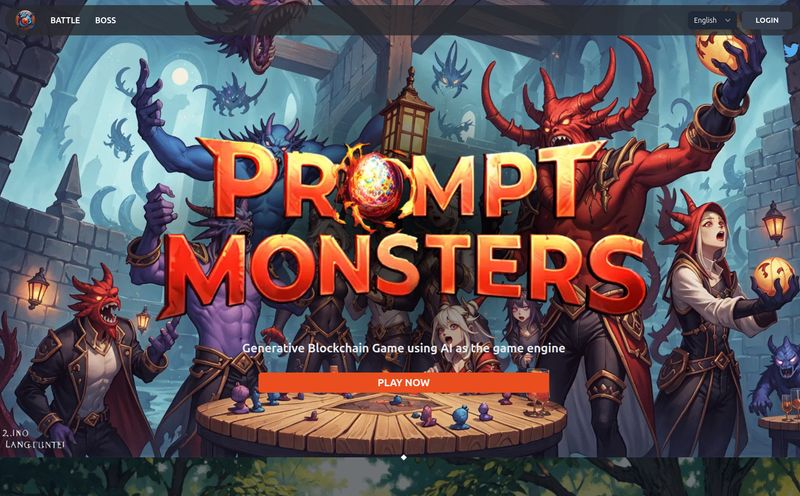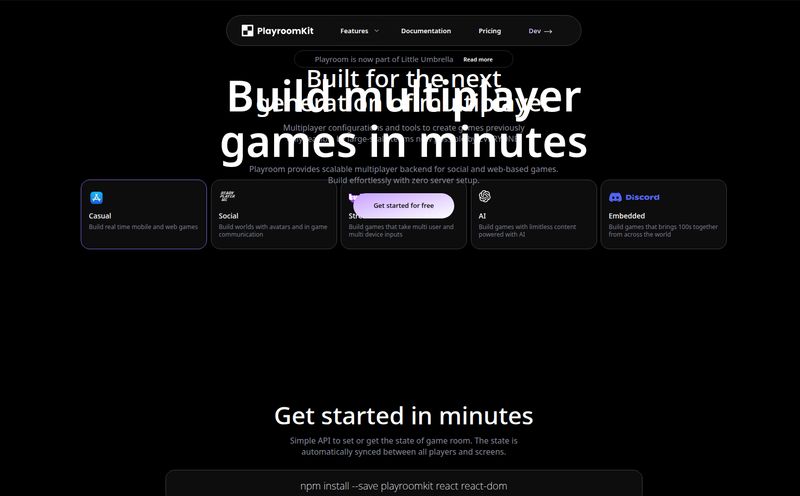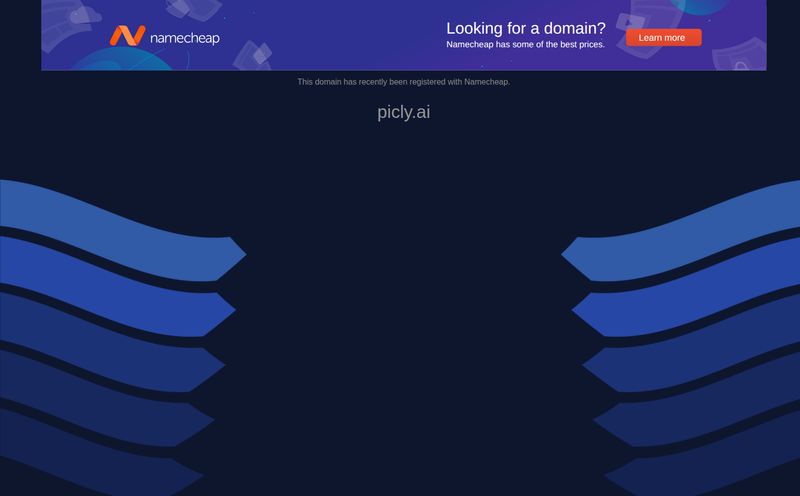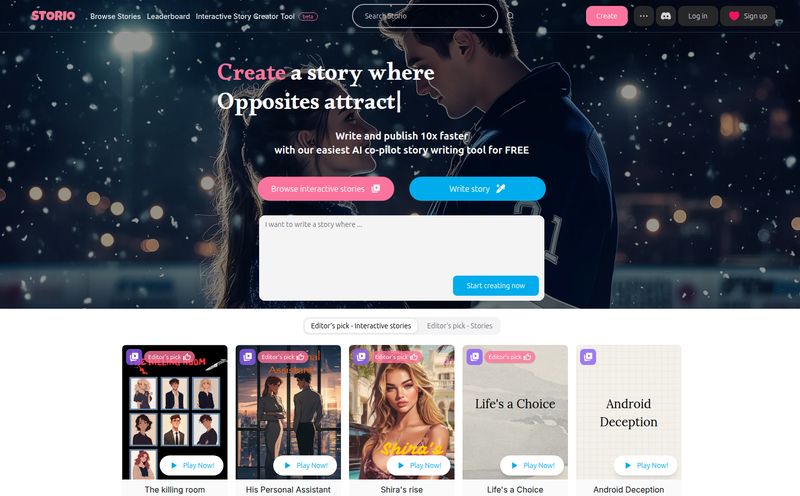For the last few years, my inbox and news feeds have been absolutely slammed with two things: AI everything, and the ever-elusive “metaverse.” It feels like every week there’s a new platform promising to revolutionize how we play, work, and connect online. Most of them, if I'm being honest, feel like a fresh coat of paint on a very old car.
So, when I first heard the name 'Worlds Beyond,' I did what any good SEO nerd does: I Googled it. And I found... a tech news blog from Indonesia. A perfectly fine blog, mind you, with articles about the latest smartphones and whatnot. I was confused for a hot minute. But after a bit more digging, I realized the blog was just a name-twin. The real Worlds Beyond is something else entirely. Something far more ambitious.
It bills itself as an “AI Empowered Social Creator Platform.” That’s a mouthful, I know. But stick with me, because what they’re proposing could genuinely be a big deal for creators, gamers, and anyone who feels like the current digital worlds are a bit... well, static.
What Exactly is Worlds Beyond? (Hint: It’s Not a Tech Blog)
Alright, let’s break it down without the marketing jargon. Imagine you took the infinite building-block potential of Minecraft, the social and game-hosting DNA of Roblox, and then injected it with a powerful AI assistant and a web3-style economy. That's the ballpark we're in with Worlds Beyond.
The core idea is a loop. On one side, you have the creators. Worlds Beyond gives them a suite of AI-powered tools within a sandbox environment (meaning, a blank slate with no rules) to Create, Host, and Monetise immersive virtual experiences. This isn’t just about building a house. We're talking about building entire multiplayer games, concert venues, bizarre competitions, escape rooms, or just a chill place for your community to hang out.
On the other side, you have the players. They get to Play, Own, and Trade within these creator-built worlds. And that “Own” part is what really pricked my ears up. This is where the NFT part of the name comes in, promising true digital ownership, not just a license to use an item until the server shuts down.
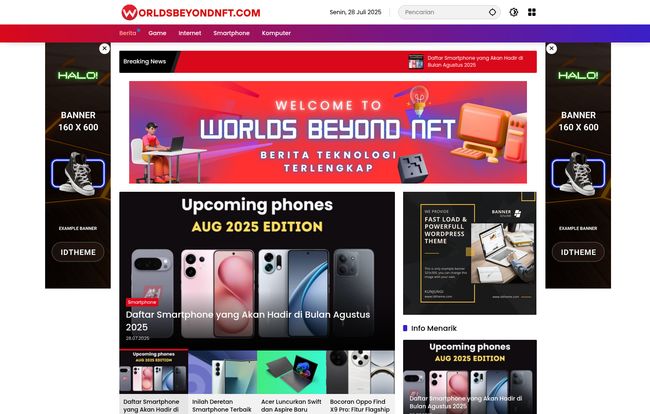
Visit Worlds Beyond
The Core Features: AI, Sandboxes, and NFTs, Oh My!
Any platform is just a collection of its features, right? Worlds Beyond seems to be betting the farm on three key pillars. Let's look at each one.
The AI-Empowered Creator Toolkit
This is the secret sauce, in my opinion. Building 3D worlds and game logic is hard. It takes a ton of time and technical skill. Worlds Beyond is trying to lower that barrier to entry with AI. What does that mean in practice? Well, they’re a bit tight-lipped on the specifics, but we can speculate based on where the tech is going. This could mean things like:
- Text-to-asset generation (“create a spooky, twisted tree with glowing purple moss”).
- AI-assisted terrain sculpting and environment population.
- Help with basic scripting and game logic for non-coders.
The big pro here is obvious: it democratizes creation. Got a brilliant game idea but can't code to save your life? This could be your golden ticket. The flip side, of course, is a concern I hear from a lot of artists and developers. How much control do you lose? Does the AI's style start to make everything look the same? It’s a valid debate, a trade-off between accessibility and complete creative freedom.
A True Sandbox Environment
The term “sandbox” gets thrown around a lot, but here it seems to mean what it's supposed to: a world where the only limits are your imagination and the engine’s capabilities. This is a direct shot across the bow of more curated “metaverse” platforms that are really just fancy chat rooms with limited interactivity. Worlds Beyond seems to be for the builders, the dreamers, the people who want to construct something from the ground up.
Let's Talk NFTs: True Digital Ownership
Okay, dont roll your eyes. I know the term “NFT” has some baggage after the 2021-2022 hype cycle. But forget the overpriced ape pictures for a second and think about the underlying tech. In a platform like this, NFTs represent utility. When a creator makes an amazing sword for their game, they can mint it as an NFT and sell it. The person who buys it truly owns that digital object. They can use it, show it off, or sell it to another player in a marketplace. This creates a real, breathing economy within the platform, and for creators, it means a direct way to monetize their hard work. That's a game-changer compared to the closed-off systems of traditional gaming.
Who is This Platform Actually For?
I see a few key groups who should be paying close attention to this.
First, you have the aspiring creators and indie developers. People with grand visions but maybe not the budget for a full dev team or the time to master Unreal Engine. The AI tools could dramatically shorten the development cycle from idea to playable experience.
Next are the players and digital collectors. The kind of people who invest hundreds of hours into a game and want something to show for it. The promise of actually owning their rare items and being able to trade them in an open market is incredibly appealing. It changes the player from a simple consumer to an active participant in the world's economy.
Finally, there are the community builders. Think streamers, brands, or any group that wants a dedicated virtual space that they can fully customize. Instead of just another Discord server, you could build a unique interactive clubhouse for your followers. The potential for engagement there is pretty immense.
The Good, The Bad, and The TBD
No platform is perfect, especially one this new and ambitious. So, let’s get real about the pros and the potential pitfalls.
On the plus side, the potential is huge. An AI-first approach to world-building could unlock a wave of creativity from people previously shut out of game development. The focus on a creator-led economy with true ownership is exactly what many people feel is missing from the current web. It's a very forward-thinking model.
However, there are hurdles. The platform apparently requires a download, which in an age of instant browser access, can be a point of friction. Its success also hinges entirely on community adoption. You can build the most amazing creative tools in the world, but if no one comes to build, and no one comes to play, you have a very pretty ghost town. It's the classic chicken-and-egg problem that has sunk countless social platforms.
What About the Cost?
This is the big TBD. I couldn't find any information on their pricing model. Will it be free-to-play with the platform taking a cut of all NFT sales in the marketplace? Will there be a subscription for advanced creator tools? My gut tells me they'll go with a marketplace fee, as that's the most common model for web3 projects and incentivizes them to make the economy as vibrant as possible. But for now, we just have to wait and see.
Is Worlds Beyond a Game Changer or Just More Hype?
So, the million-dollar question. Is this for real? In my experience, most new platforms that promise to “change everything” usually fizzle out. The metaverse space is already crowded with big names like Decentraland and The Sandbox, not to mention giants like Meta still lurking.
But Worlds Beyond has an ace up its sleeve: that AI-first approach. If their AI tools are as good as they sound, that could be a powerful enough differentiator to carve out a serious niche. It’s not just another metaverse; it’s an AI-powered creative engine that also has a metaverse attached.
I'm cautiously optimistic. I think it’s less about replacing what’s already here and more about creating a new category. It's a bold bet on the idea that the next generation of digital experiences will be built not just by huge studios, but by millions of individual creators empowered by intelligent tools. I’ll definitely be keeping a close eye on this one. It has all the right ingredients, now it just needs to bake the perfect cake.
Frequently Asked Questions about Worlds Beyond
Do I need to be a coder to use Worlds Beyond?
Based on their promise of an "AI-empowered" toolkit, the goal seems to be no. The AI is intended to help with complex tasks like asset creation and scripting, lowering the technical barrier for people who are more artistic or design-focused than code-savvy.
How does monetization work on the platform?
The primary method appears to be through the creation and sale of NFTs. Creators can build items, avatars, or even entire game experiences, and sell them as NFTs to players. Players can then trade these assets, creating a player-driven economy.
What makes Worlds Beyond different from Roblox or Decentraland?
The key differentiator seems to be its deep integration of AI into the creation process from the ground up. While platforms like Roblox have powerful editors, Worlds Beyond is positioning its AI assistant as a core feature to simplify and speed up development, potentially making it more accessible to a broader range of creators.
Are the NFTs on a specific blockchain?
The documentation available so far doesn't specify which blockchain (e.g., Ethereum, Polygon, Solana) will be used for the NFTs. It's a critical detail that will likely be announced as the platform gets closer to a public launch.
When can I start using Worlds Beyond?
There is no official release date yet. Projects of this scale often go through alpha and beta testing phases with a select group of users before opening up to the public. It's best to look for an official website or community channel to sign up for updates.
Do I have to download software to use it?
Yes, from the available information, it seems Worlds Beyond will be a downloadable platform rather than a browser-based one. This typically allows for higher-fidelity graphics and more complex physics and interactions than what's possible in a web browser.
Final Thoughts
Worlds Beyond is an exciting, if unproven, concept. It's tapping into all the right trends: the creator economy, AI-driven productivity, and the desire for true digital ownership. The road ahead is long, and its success will depend entirely on execution and its ability to attract a vibrant community of both builders and players. It’s a project that is either brilliantly ahead of its time or a beautiful dream that's just a bit too ambitious. Either way, I'm here for the ride and can't wait to see what people create with it.
Reference and Sources
To provide context for the concepts discussed in this article, here are some helpful resources:
- The Creator Economy - An overview from Forbes on the rise and impact of the creator economy.
- Sandbox Game (Wikipedia) - A detailed explanation of the sandbox game genre and its mechanics.
- Decentraland - Official site for one of the major existing web3 metaverse platforms mentioned for comparison.
- The Sandbox - Official site for another major creator-focused metaverse platform.
